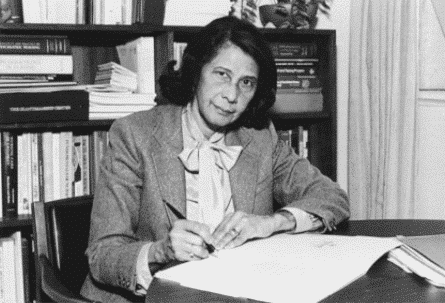
Photo by fauxels from Pexels
Dr. Lucille Sanger was upset with the quality of the discussion reports submitted by her students. Her students worked in discussion teams throughout the semester. Each team submitted a discussion report that presented the content of their semester-long exploration of a topic. Typically, the teams divided up the sections of the report with each student writing a section. The resulting compilation was an incoherent mish-mash of material that offered only limited insight into the discussions. She decided to take another approach.
“Class, I’m going to ask you to take a new approach to your discussion reports. It’s called serial writing. Here’s how it works. One of you will start the report. We’ll call you the ‘Organizer.’ It’s your job to develop a coherent organization of the key themes of the discussion. For each theme, you will also prepare bullet statements that go with that theme. These bullet statements will reflect the essence of the discussion.
“Then Organizers will submit their work to the ‘Content Writer.’ The Content Writers will then weave together the bullet points into a coherent narrative. I want the Content Writers to share their work with the Organizers to ensure the narratives reflect the essence of the bullet points.
“The Content Writers will then transfer their work to the ‘Elaborators.’ The role of the Elaborators is to help ensure that the context will be understandable to a person who was not in the discussion. When the Elaborators are done, I want you to review your work with the Content Writers to ensure that the revisions capture the essence of what was intended.
“Once the Elaborators are finished, the next contributor will be the ‘Addendum Preparer.’ The Addendum Preparer will give a sense of the discussion itself, focusing more on the process rather than the content of the discussions. What went on behind the scenes? What were key moments for the group in discussing the topic? As the name implies, this sense of the discussion will be attached to the report. The purpose of the addendum is to provide a snapshot of the discussion itself that goes beyond the outcomes.
“Finally, the ‘Reviewer’ role is to ensure that the Addendum Preparer has adequately captured the sense of the discussion. Again, the Reviewer will review changes with the Addendum Preparer.
“Depending upon the size of the discussion group, the final role of ‘Editor’ may be combined with that of the Reviewer. The Editor will clean up language and possible confusions in the writing. The Editor/Reviewer is the final set of eyes to make sure the meaning of the text is clear and that the whole thing hangs together.
“Each of you will take on one of these roles over the semester. Don’t be overly rigid with how you approach each role. At the same time, try not to take over the roles of your teammates. This will help you to collaborate better on crafting a coherent whole. I know you may think this is tedious, but you will find that you will do a lot of team-based reports in your career. I think you will find this to be good practice.”
The results of the serial writing approach were dramatic. Not only did the reports improve, but so did relationships between students. Just working together as they did helped them to connect with each other.
* * *
“You can’t edit a blank page.” – Jodi Picoult (author)
This post is part of our “Think About” education series. These posts are based on composites of real-world experiences, with some details changed for the sake of anonymity. New posts appear Wednesday afternoons.



